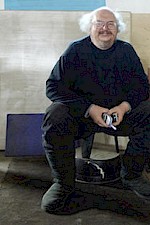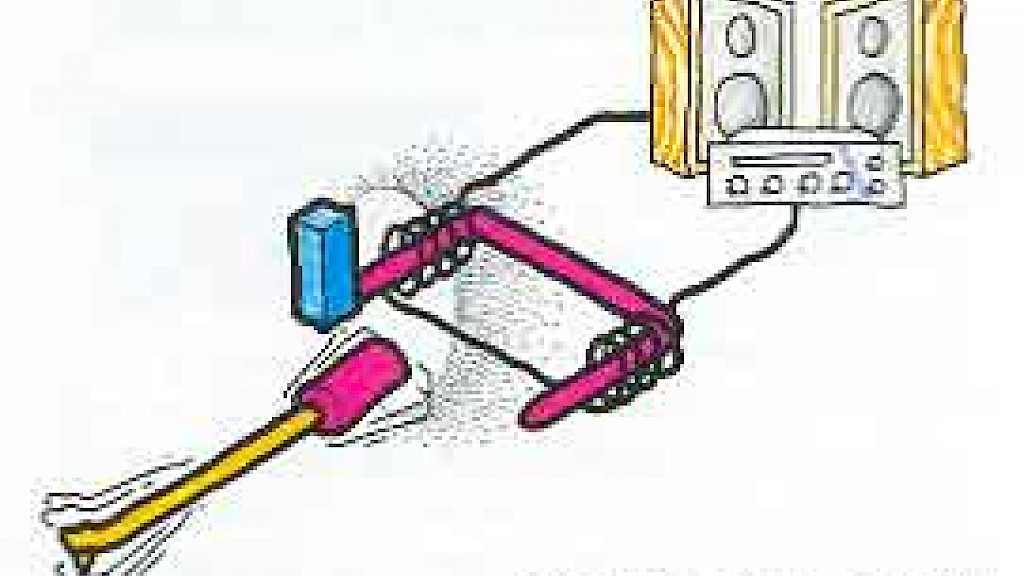Moving Parts, Part 2
In our last post, we looked at the two most prevalent types of phono cartridges: Moving Magnet and Moving Coil. Now let’s look at some of the more esoteric types including Moving Iron, piezoelectric, and optical designs.
Moving Iron is the current designation for what is one of the oldest cartridge designs in audio, GE’s – yes, THAT GE – Variable Reluctance cartridge that goes back to the 1950s. In a Moving Iron cartridge, the cantilever has a stylus at one end and a small piece of iron or other ferrous material at the other. Again, magnetic coils are on either side. The advantage of replacing the magnet with iron or other material is that it can be lighter than a conventional magnet, reducing the mass of the system.
A variation of the moving iron design, called Moving Micro-Cross, was developed by Bang & Olufsen’s S.K. Pramanik. In this design, a miniature metal cross moves between fixed magnets and coils as the stylus tracks the record groove. The benefit of the system, according to its creator, is that it further reduces mass and yields greater channel separation.
All four of the cartridge designs discussed so far depend on magnetic forces to act as a generating element. Can a cartridge be designed that does not require a moving mass at the end of the cantilever as a generating element? The answer is yes. Crystal (or ceramic or electret) designs use the stylus to bend a piezoelectric material to generate the voltage. In the early days of records, the crystal put out sufficient voltage that only modest amplification was required. A lighter tracking force was needed for LPs to get good treble response with as little record wear as possible. Micro Acoustic developed a low output design with a compensating circuit built in to match moving magnet phono preamps.
When we think of “moving lights,” most of us think of neon, LED or LCD promotional signs. But around 1970 – the days before lasers became ubiquitous – Toshiba brought an “optical” cartridge to market. Rather than relying on magnetic or resistance principles to operate, the Toshiba model depended on varying the intensity of a light beam. Again, the stylus tracked the groove and moved the cantilever which modulated the beam of light. The benefit of the Toshiba model is less mass and more accurate tracking. It required a specialized auxiliary pre-amp as part of its system.
The Toshiba model was a curiosity for its time and disappeared quickly. However, it recently intrigued a young engineer in Japan who reverse-engineered the device and updated it with modern circuitry. It is now available as the Digital Stream Corporation’s DS-W1 and imported by Musical Surroundings. If Digital Stream sounds familiar, it’s the company that developed the optical mouse, among other products.
We’ve talked about reducing the mass of a cartridge as a design goal. If you eliminate mass completely, not only do you get the benefits of better tracking, more accurate and faster response, but you also get the huge plus of reducing wear. So, if you use a laser to track the grooves of a conventional record, you have a real breakthrough.
And that is exactly what Japan’s ELP has developed. The contactless system uses a total of five laser beams – tracking beams for each side of the groove, plus two additional beams just below the tracking beams and the fifth laser is for “focus” to maintain the beams’ proper distance from and alignment with the groove. ELP states, “The variations of the modulated light cause the audio sensors to develop an electrical representation of the mechanical modulation of the grooves. The entire sound reproduction chain is analog.” The ELP cartridge produces analog sound without contacting the vinyl surface.
So, to return to where we started Part 1, there is life, sales and new technology in the world of Black Vinyl records.
Enjoy & Good Listening!
John
Subscribe to Ohm News & Views to get the latest posts in your inbox
John Strohbeen Author
John Strohbeen was the President and Chief Engineer of Ohm Acoustics from 1978-2023.


